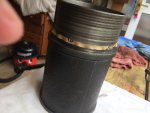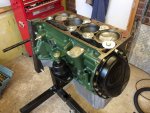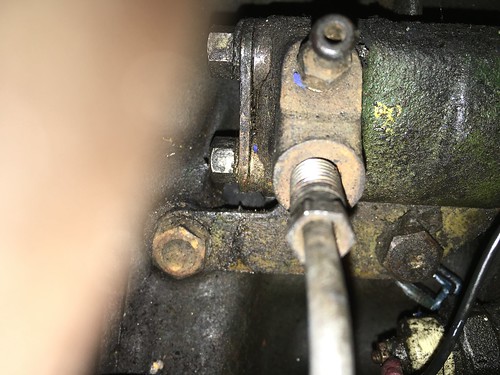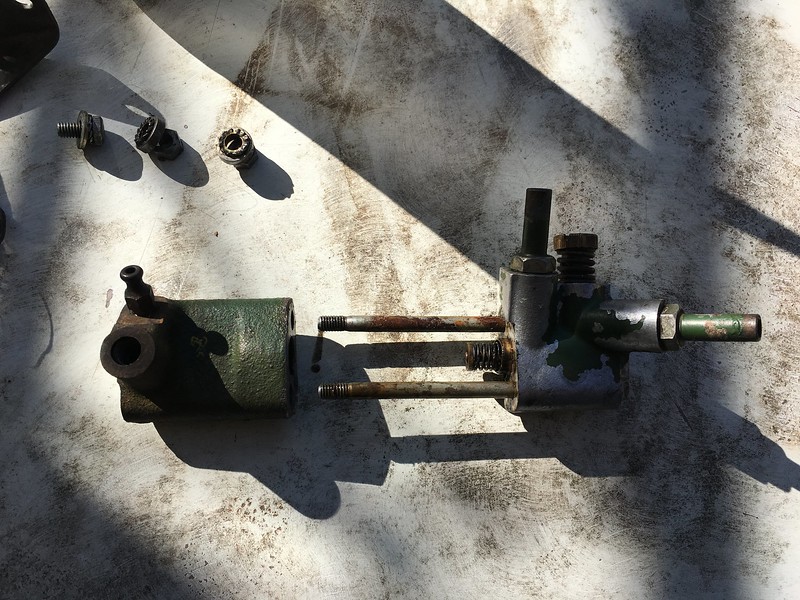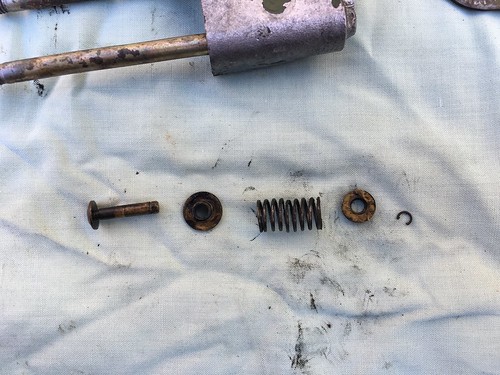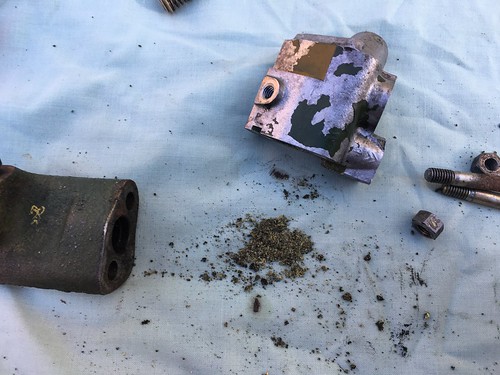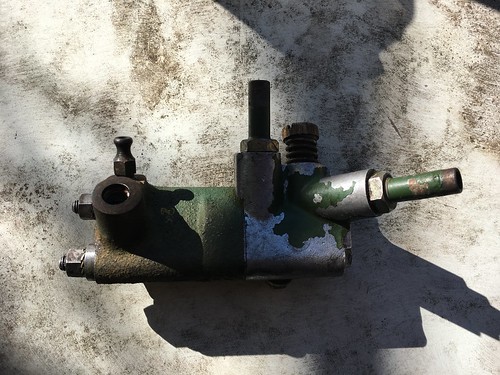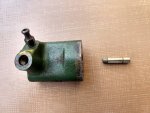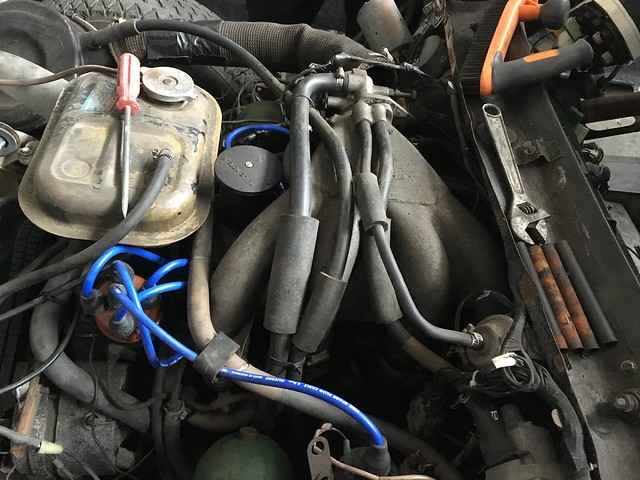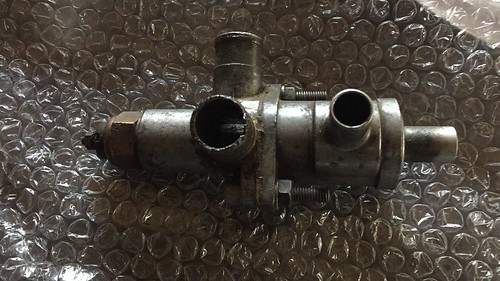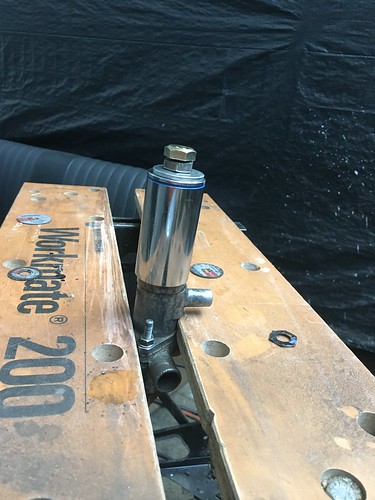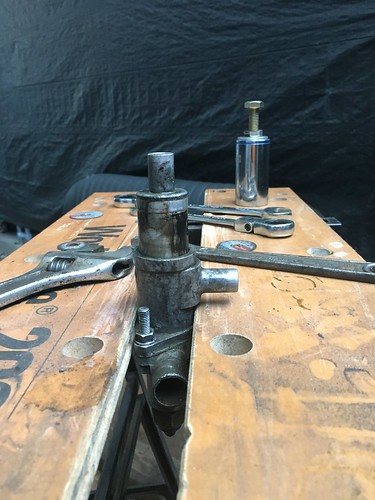Wow, that is incredible work on the exploded spagetti monster faulksy !
This sort of thing requires incredible patience and perseverence.
I'm still amazed by how the fire evaporated the roof..
Nice to meet you at Autoclassico on Sunday by the way.
Thanks again for these posts.
Ramon
This sort of thing requires incredible patience and perseverence.
I'm still amazed by how the fire evaporated the roof..
Nice to meet you at Autoclassico on Sunday by the way.
Thanks again for these posts.
Ramon




